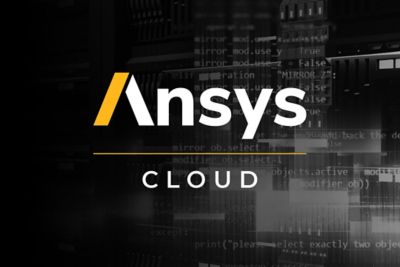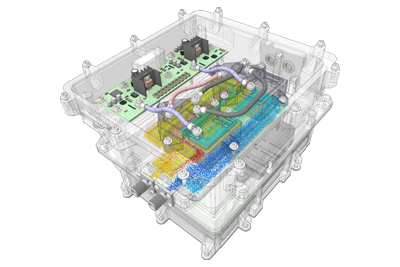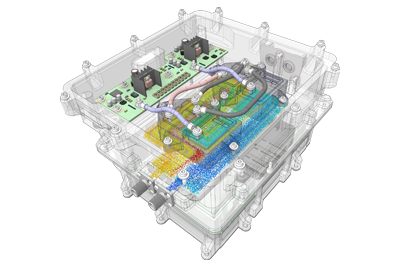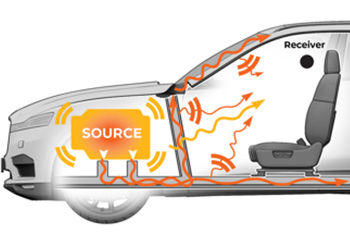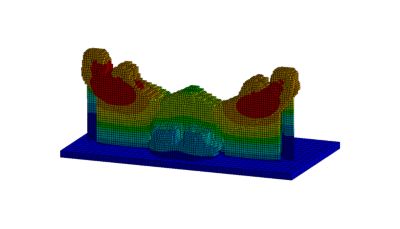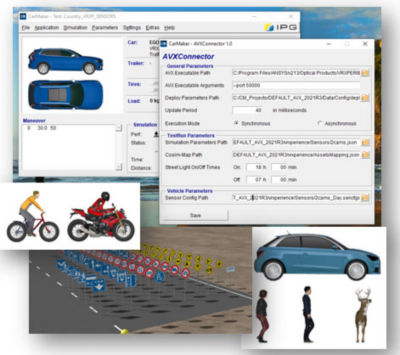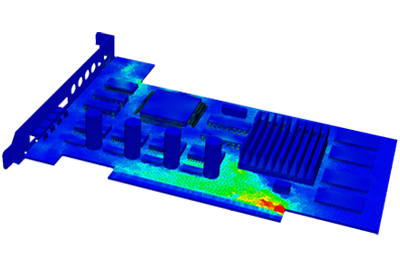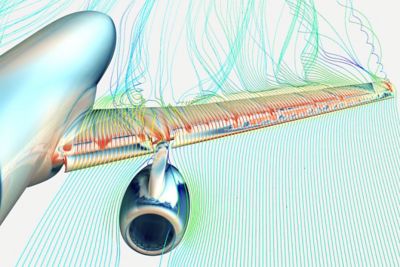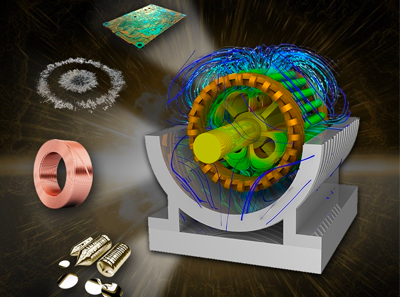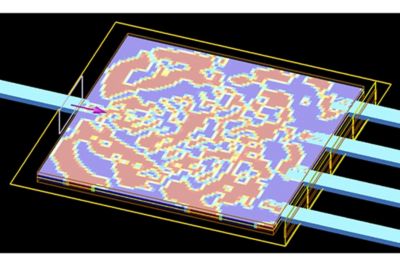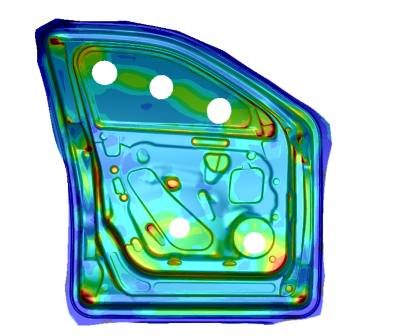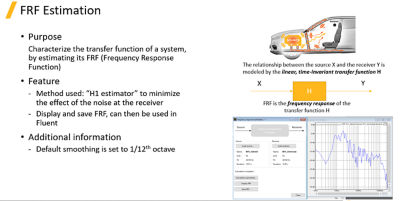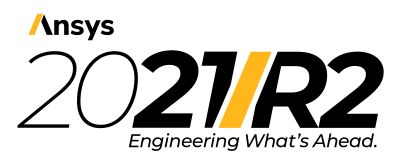This release includes new capabilities for sensor simulation and asset preparation, as well as an enriched library of assets. You can quickly and easily verify and validate AV sensor configurations, including perception and autonomous driving features, with the driving simulation tool of your choice.
With this latest release, headlamp designers gain new certification tests along with added capabilities for analysis, while our sensor modeling users benefit from significant productivity gains when parameterizing their models and their vehicle configurations. Radar experts are now able to model multi-modes and see micro-Doppler effects.
You will benefit from new NCAP Autonomous Emergency Braking (AEB) and Lane Support Systems (LSS) scenarios compliant with physics-based simulation in day and night driving conditions. The new APIs to control the sensor simulation and access raw sensor output will increase productivity through the support of your specific process and engineering tools.
Learn More














